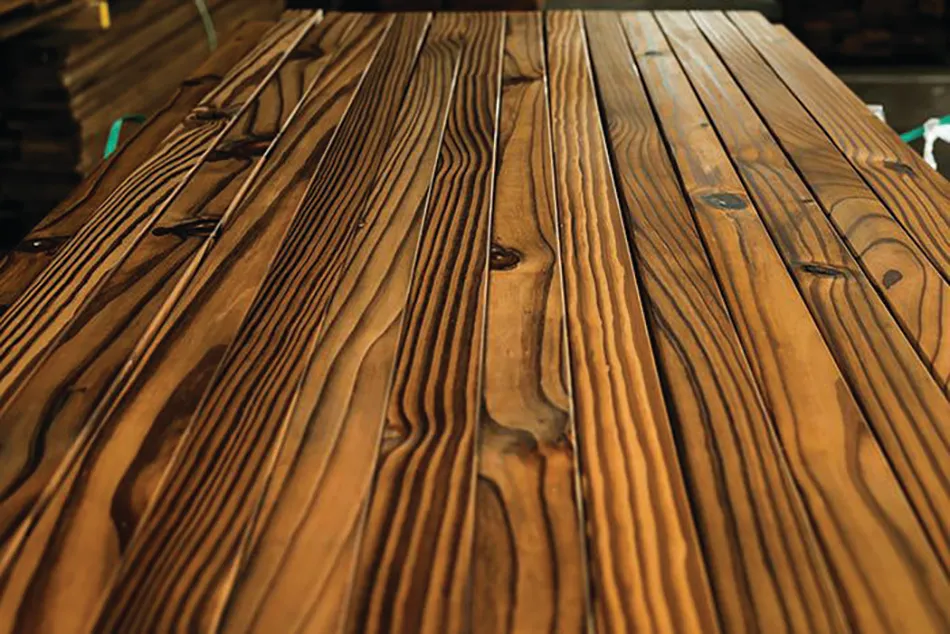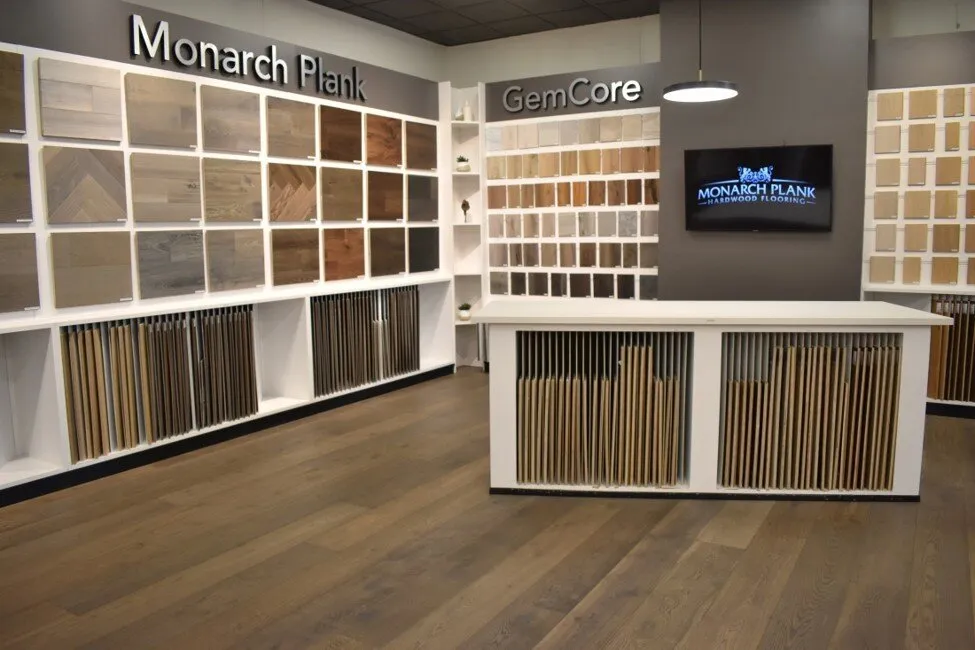Table of Contents
The grades may be considered low, but the demand for it—and consequently the prices for it—are anything but.
Pallets, crates and many other industrial applications rely on low-grade lumber, but at a time of a strong economy and rising orders, material supply appears to be shrinking. One buyer reported that in late spring he visited a massive sawmill in Georgia. The facility was running at maximum capacity, while telling all callers they’d love to sell them lumber, but didn’t have a stick to spare.
“The current situation boils down to supply and demand,” explained Annie Montey, a partner at American Pallet, Inc., Oakdale, Ca. “For much of 2018, the demand for low grade has exceeded the available supply, causing prices to surge to record levels. Several pallet and crating companies in California that use low grade lumber have had record-setting years and with a strong economy throughout the United States, demand for low grade lumber used for wood packaging has been strong. This has led to supply and demand imbalances that have helped propel prices to record levels.”
The supply equation is also constricted by optimization improvements, new technology, and retrofit strategies that have some mills now categorizing less than 5% of their production as low grade.
Over the past two-and-a-half years, the lumber composite price has risen about 150%, while the low grade index is up approximately 180%.
According to Bob Crews, a broker with Western Lumber Co., Medford, Or., “Years ago we had mostly cutting mills going after more old growth trees, which developed a much higher percentage of Economy and #3 than we do now. Most of our current production is second and third growth trees, which yields 2×4 and 2×6, 4×4 and 4×6, with a much smaller percentage of low grade with the D grade factor being mostly wane.
“With all of the modern technology we have now, put together with all the managers’ dreams of more Clears and no Economy coupled up with a larger market for low grade, we have the perfect storm.”
In addition, tariffs on Canadian imports have similarly reduced the available supply of low grade lumber and pallet stock in the States, said Mark Berger, lumber buyer for American Pallet. “Couple strong demand with a 20-plus% tariff on your largest source of imported lumber and you’ve got the makings of a supply crunch, which would logically lead to an increase in prices for those products.”
A.J. Cheponis, director of sales and marketing for Pallet Consultants Corp., Pompano Beach, Fl., said if you dig deeper, there are many more factors contributing to the industrial lumber crisis.
They include:
- There’s less U.S.-based furniture manufacturing today than a decade or two ago. This decreases industrial lumber availability, as industrial lumber is a byproduct of high-grade furniture lumber.
- China is now importing whole logs from the U.S. instead of select premium boards.
- More competition for the raw material due to increased home construction.
- The industrial workforce has decreased. In spite of automation and technology, not many people are telling their kids to become a logger.
- Increased gas and oil pipeline construction in the U.S. has consumed much of the industrial timber. These large timbers, which were normally used for pallet and crate manufacture, are used for temporary roads for cranes and heavy equipment. These timbers are a critical component to this industry and as such, pipeline builders are willing to pay a premium for these materials.
- Rising costs of other raw materials, such as pallet nails, and of shipping, due to higher fuel prices and a shortage of available drivers.
- More frequent forest fires and rainy seasons are leaving us with less lumber to harvest.
Solutions are not easy to come by. “Back when the market crashed in 2007-2008, a lot of lumber mills shuttered up. No one was buying lumber for about four years,” Cheponis said. “A lot of those old mills were center points for a town. They built towns around those mills. I don’t think you can go in and start them back up. It’s not easily done, and building a new one can be hundreds of millions of dollars.”
Cheponis said many pallet users are turning from new to used stock, stressing the pool of recycled pallets. “The long-term effects of this will be felt in the forthcoming months and years as the replenishment of new pallets into the recycled pool are dwindling,” he said.
After more than two years of increases, low grade lumber prices have actually cooled in recent weeks, at least for softwoods (hardwood prices have held). Supply remains tight.
“Right now,” noted Western Lumber’s Crews, “we have the on-grade market falling off, so time will tell if it falls enough for the low grade users to go after the better yielding on grade wood, which will put the low grade in a tail spin. Quite a dilemma!”
American Pallet’s Berger agreed that, after peaking, prices have begun trending toward more reasonable levels. “How far this downturn will go is anyone’s guess,” he said. “In my opinion we will see overall higher price levels in the future, especially if tariffs and strong demand continue. Prices will go up and down, they always do, but I believe that overall, with these factors in place we will see elevated pricing as compared to the recent past.
“Sawmills must reduce output to bring lumber supplies back into equilibrium with demand. If you over-produce a market, you’ll drive the price into the ground. Supply and demand must find a balance or you will have price distortions in the market.”









